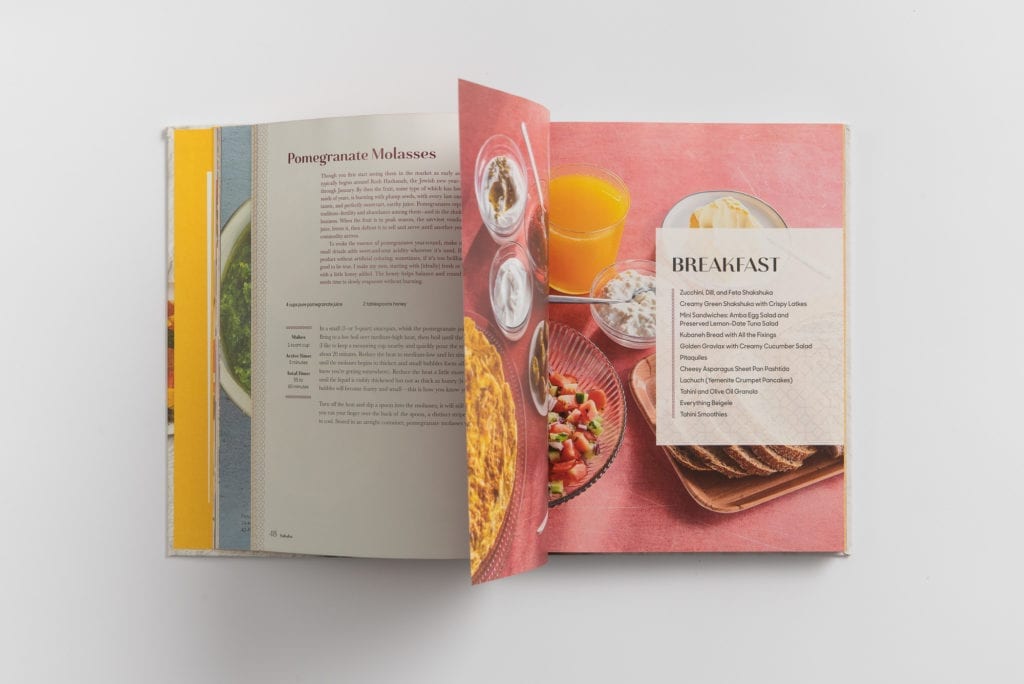
Sababa: Fresh, Sunny Flavors From My Israeli Kitchen: A Cookbook
כתבת האוכל האמריקאית עדינה זוסמן עלתה ארצה לפני שנים מספר והיא מתגוררת סמוך לשוק הכרמל בתל אביב. היא עוברת בשוק מדי יום, ובוחרת בקפידה מבין ערמות התוצרת המובחרת של העונה, ממדפי הגבינות המקומיות ומשקי התבלינים. המתכונים שלה גדושים בירקות ובטעם, והם בה בעת ישראליים, מודרניים וייחודיים לה. בספר – שיצא לאור בשפה האנגלית – תמצאו כרוב ירוק צלוי, פרגיות באריסה ודבש, טארט קרמל וטחינה שהיא מכנה "הגל גדות של הטארטים", ועוד.
המלצתו של גיל חובב על הספר Sababa
ממרום גילי, ממרום עשרת ספרי הבישול שכתבתי, אחרי רבבות ספרי האוכל שקראתי, ובהיותי מוציא לאור, אני מצהיר: זה הוא ספר הבישול הישראלי הטוב ביותר שנכתב. זאת על אף שהוא נכתב באנגלית, ועל אף שמעולם לא יצא בישראל. הוא ספר חכם שמספק ראייה מהצד על הבישול הישראלי, אבל גם יוצא לגמרי מתוכו.
עדינה זוסמן כתבה ספרי בישול רבים, בדרך כלל עם שותפים, ובדרך כלל רבי מכר. הספר הזה הוא הספר הגדול הראשון שהיא מובילה בעצמה. הוא התחיל להיכתב לפני שלוש שנים, לאחר שעלתה ארצה וקבעה את משכנה צמוד לשוק הכרמל. אני מכסה בתקשורת את המשבצת של אוכל בארץ כבר כמה עשרות שנים, אבל עדינה, עולה חדשה, יודעת יותר ממני על אוכל ישראלי. לא קל לי להודות בזה, אבל זה נכון. זה מדהים אותי, כי היא יודעת הכל ביסודיות ובתבונה, והספר הזה השאיר אותי בהשתאות מוחלטת.
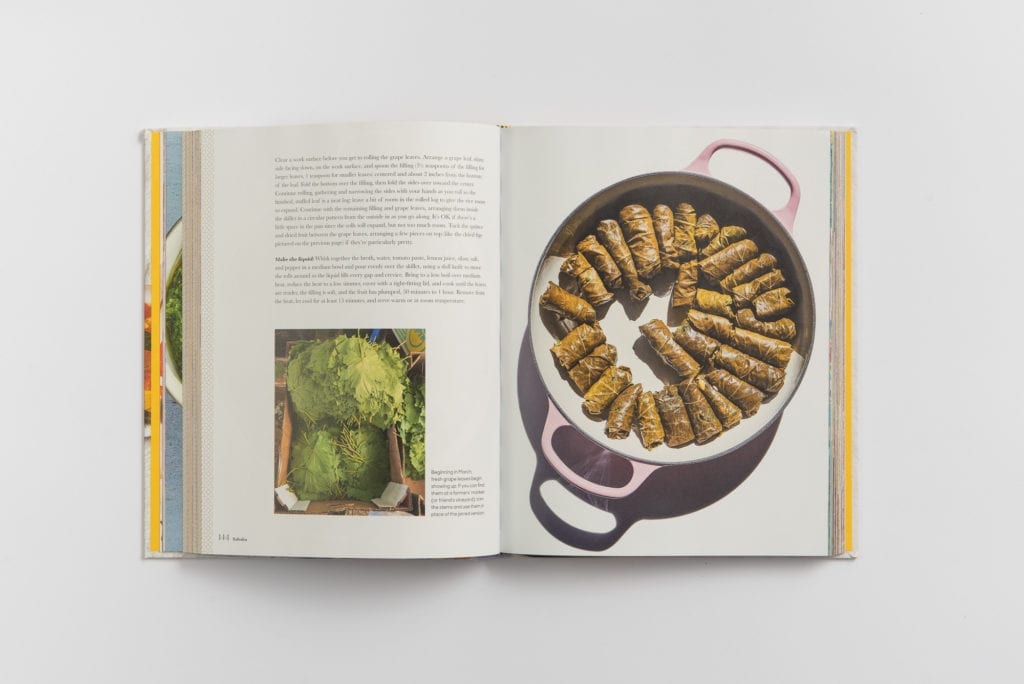
"סבבה" משלב יצירתיות עם יסודיות. הוא נכתב מתוך תשוקה ואהבה לשוק ולאוכל ישראלי, באופן שמצד אחד מכבד את המסורת ומצד שני מביא כמעט בכל מתכון איזה טוויסט יצירתי. אלא שבניגוד ליצירתיות שלעתים מתבטאת במתכונים מופרכים המביאים את הקורא לידי מבוכה, אצל זוסמן כל שינוי וגיוון הוא מנומק וחכם, והוא מאיר את המנה המוכרת באור אחר, מרתק וגם הגיוני. ולצד כל אלה, המתכונים מספקים גם טכניקות בסיסיות והבנה אמיתית של גישה לבישול ולאוכל.
בספר יש כמה אורחים, ושמחתי להיות אחד מהם. לא יעצתי לספר, אבל עקבתי אחרי העבודה של זוסמן מהצד. כשרצתה ללמוד יותר על חריימה, לקחתי אותה למסעדה מצוינת באור יהודה ושם למדנו מבעלת הבית איך להכין חריימה. אני חושב שלו היה הספר יוצא בעברת, הוא היה מקסים את כל רואיו בהיותו נבון ומקורי, אלא שבישראל נקבר שוק ספרי הבישול קבורת חמור, ואין טעם להוציא ספר, ודאי לא ברמת ההפקה של הספר, הצילום והעיצוב בו, שכולם גדולים בהרבה על השוק המקומי.
אם לסכם את ההברקה של הספר, זוסמן השכילה לקחת את המאכלים הוותיקים והטובים שמוכנים בישראל באופן פראי, מרושל ופרום – ובזאת קסמם – ולהוסיף להם מהמצוינות האמריקאית הכפייתית, כובד הראש של מתכונאות מעולה ויסודיות חסרת פשרות, מהסוג שאנחנו מצפים לו במדע ולא במטבח. השילוב הזה הוא יצירה מושלמת שכדאי להחזיק בכל בית.
פרטי הספר
- מחבר
- עדינה זוסמן
- הוצאה לאור
- Avery
- שנת ההוצאה
- 2019
- עמודים
- 368
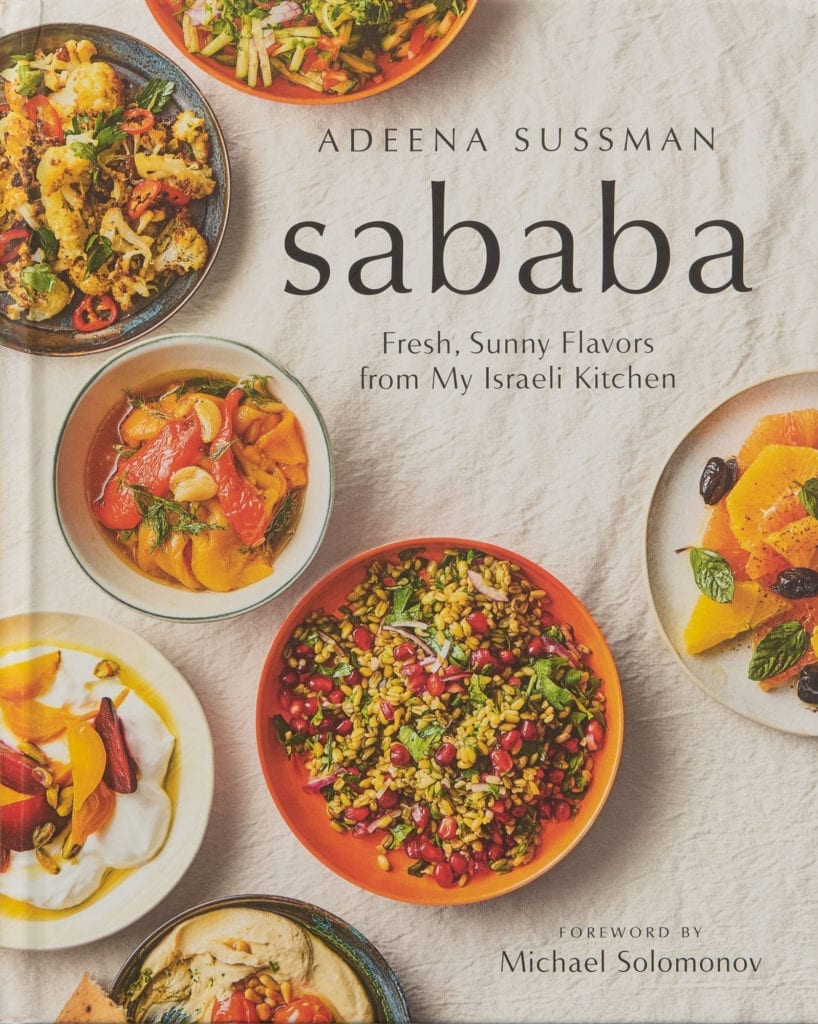
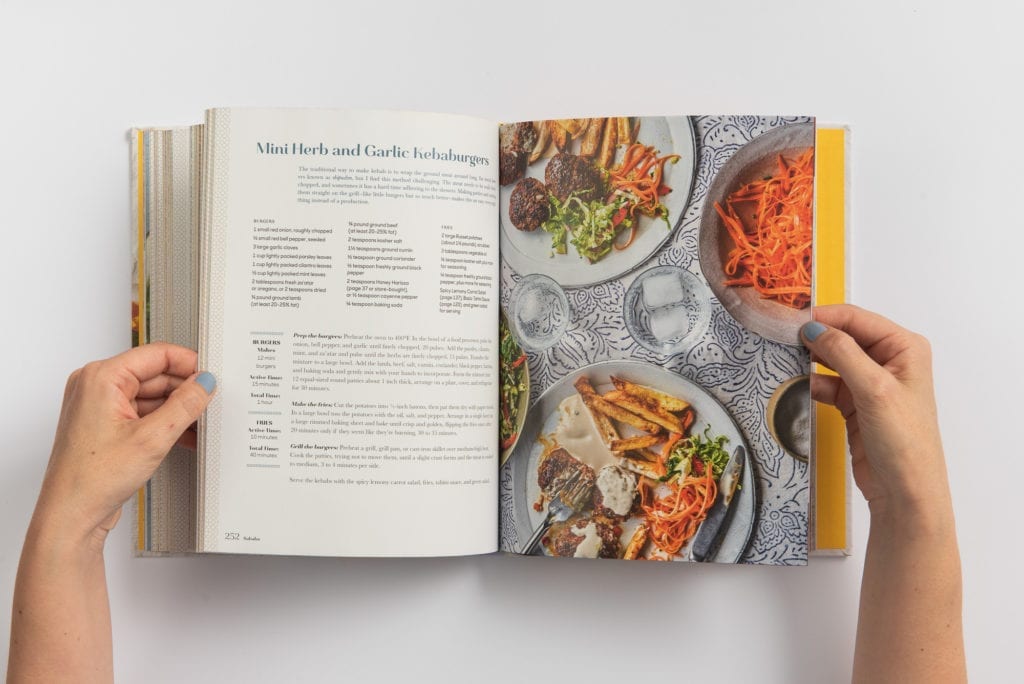
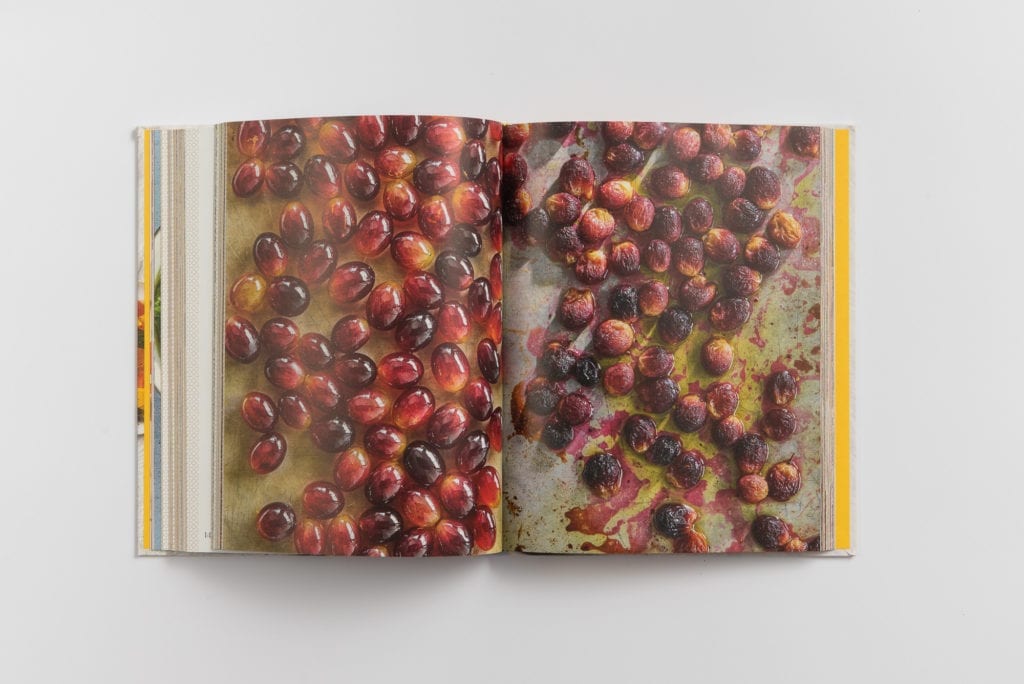
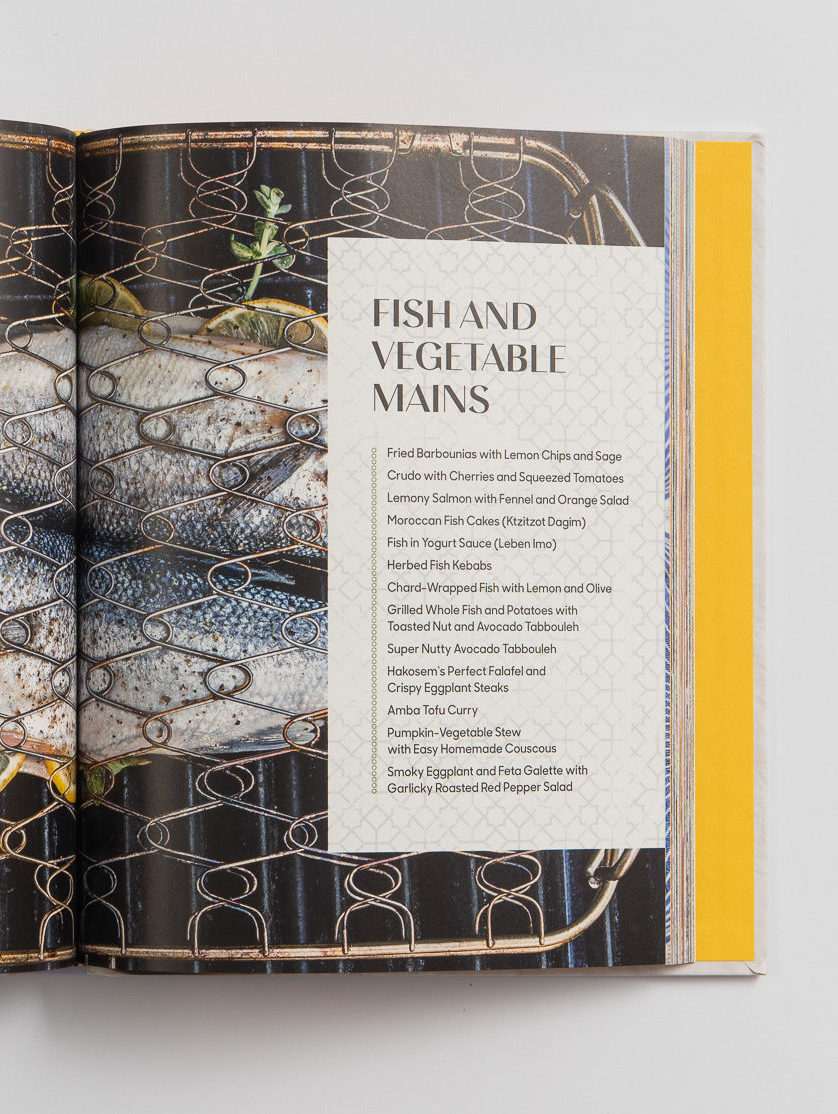
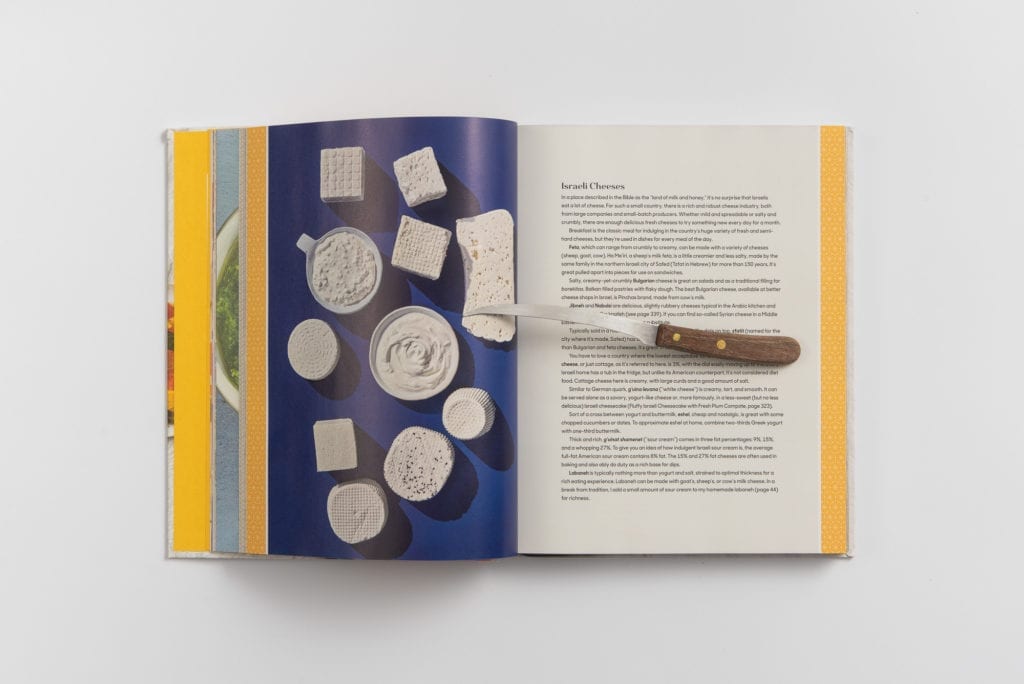
ספרים נוספים באותו נושא
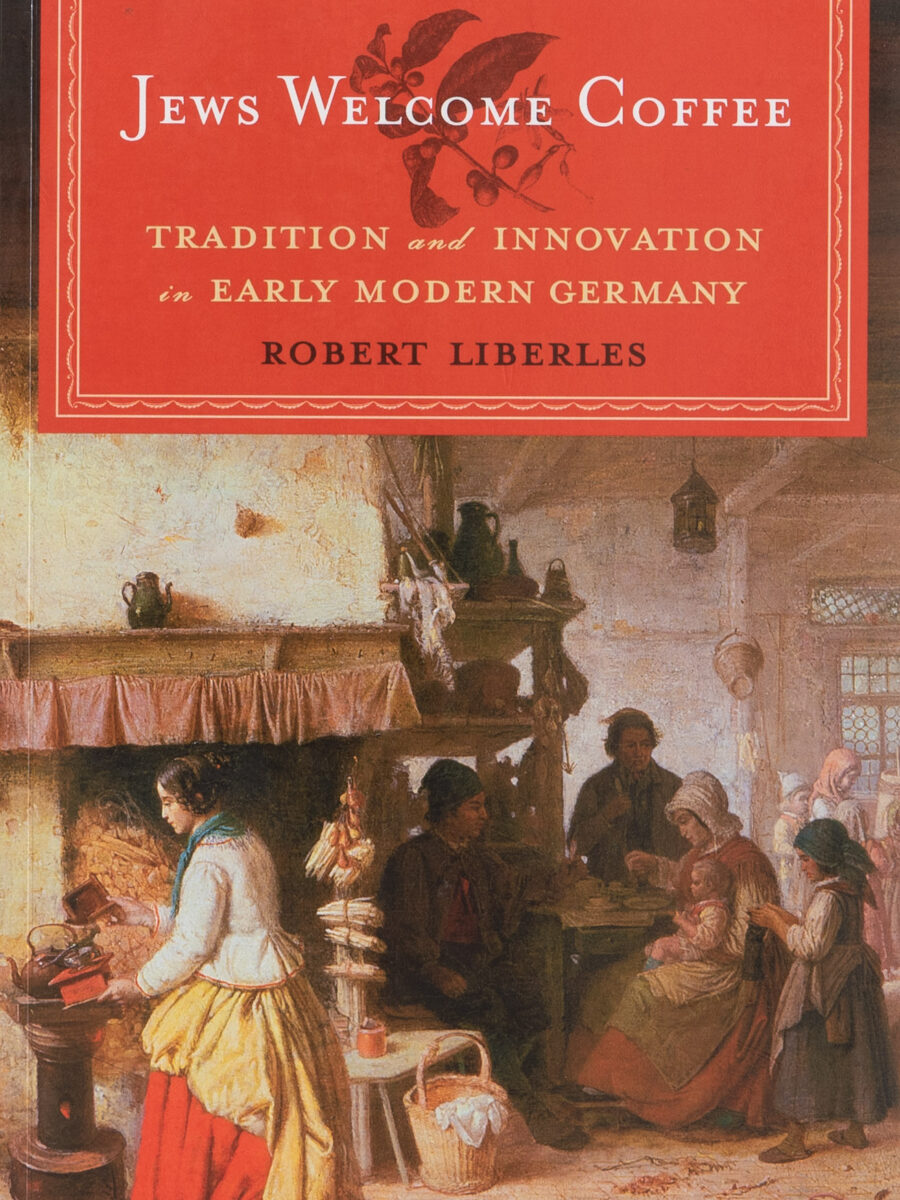
Jews Welcome Coffee: Tradition and Innovation in Early Modern Germany
ההיסטוריון רוברט ליברלס חושף סיפורים חדשים אודות מעמד היהודים בגרמניה, דרך ההיסטוריה של קפה ובתי הקפה.
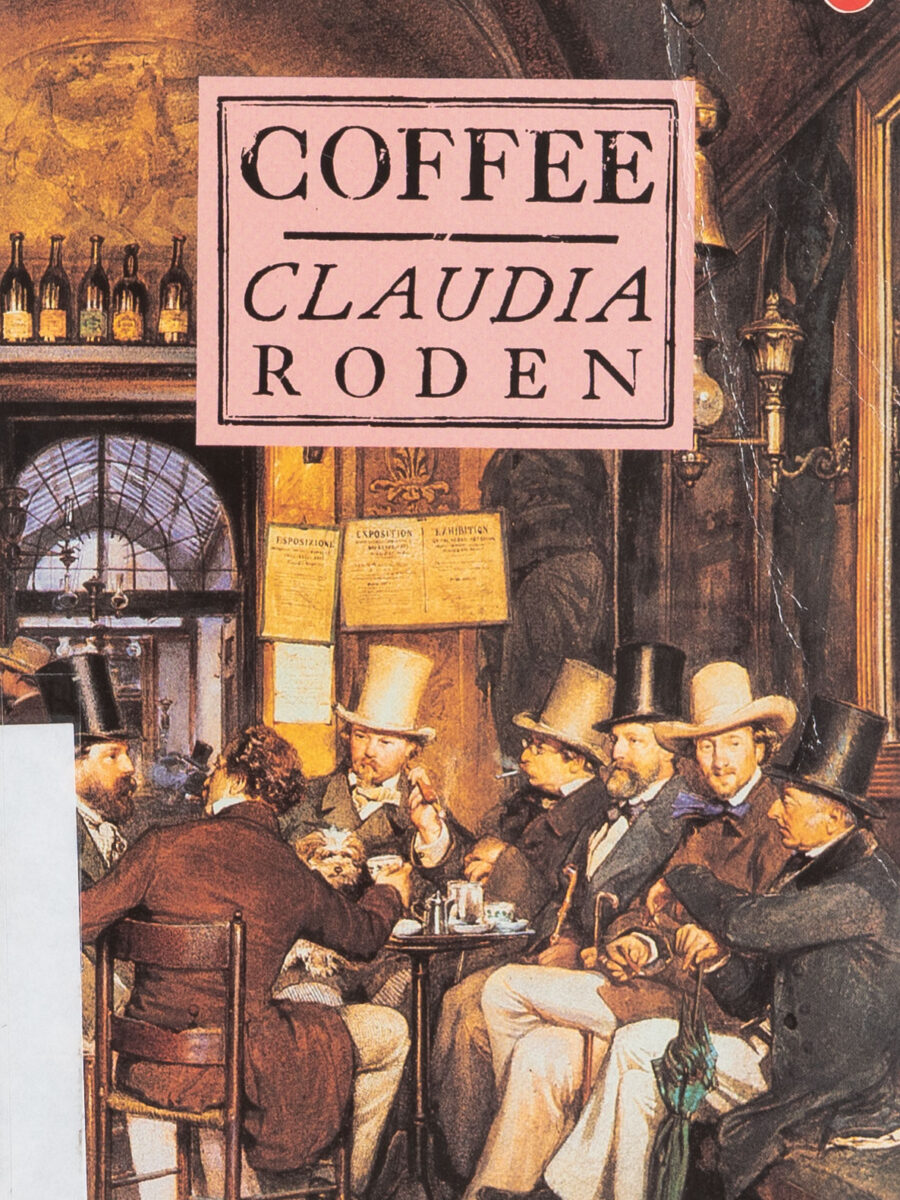
Coffee
קלאודיה רודן, חוקרת ומחברת ספרי בישול, כותבת על המקורות ההיסטוריים של קפה – החל מהפולים ועד מתכונים להכנתו.
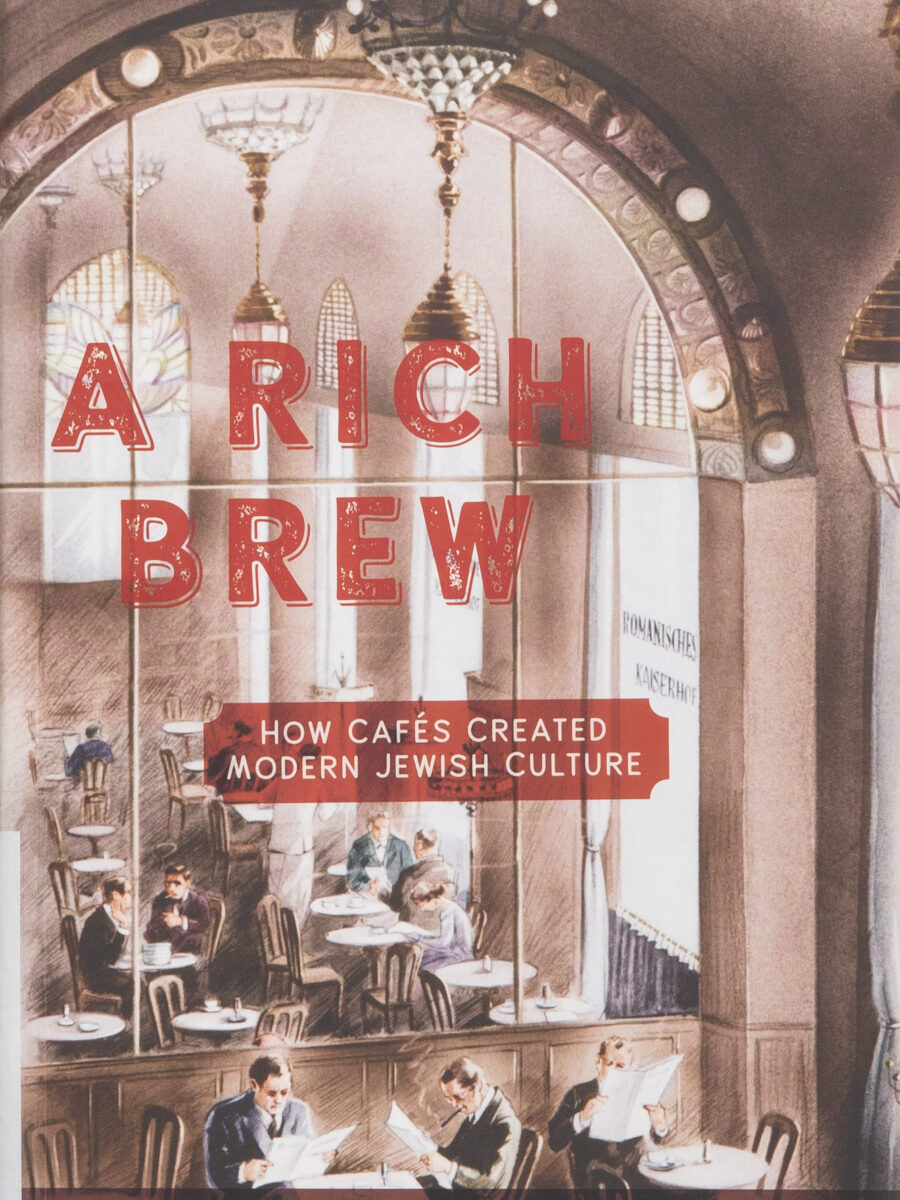
A Rich Brew: How Cafés Created Modern Jewish Culture
הסופר והאנתרופולוג שחר פינסקר בוחן את בתי הקפה של ברלין, אודסה, תל אביב, ניו יורק וינה וורשה במאה ה-20, במטרה לחקור את מקורות והתפתחות התנועה היהודית והישראלית המודרנית.
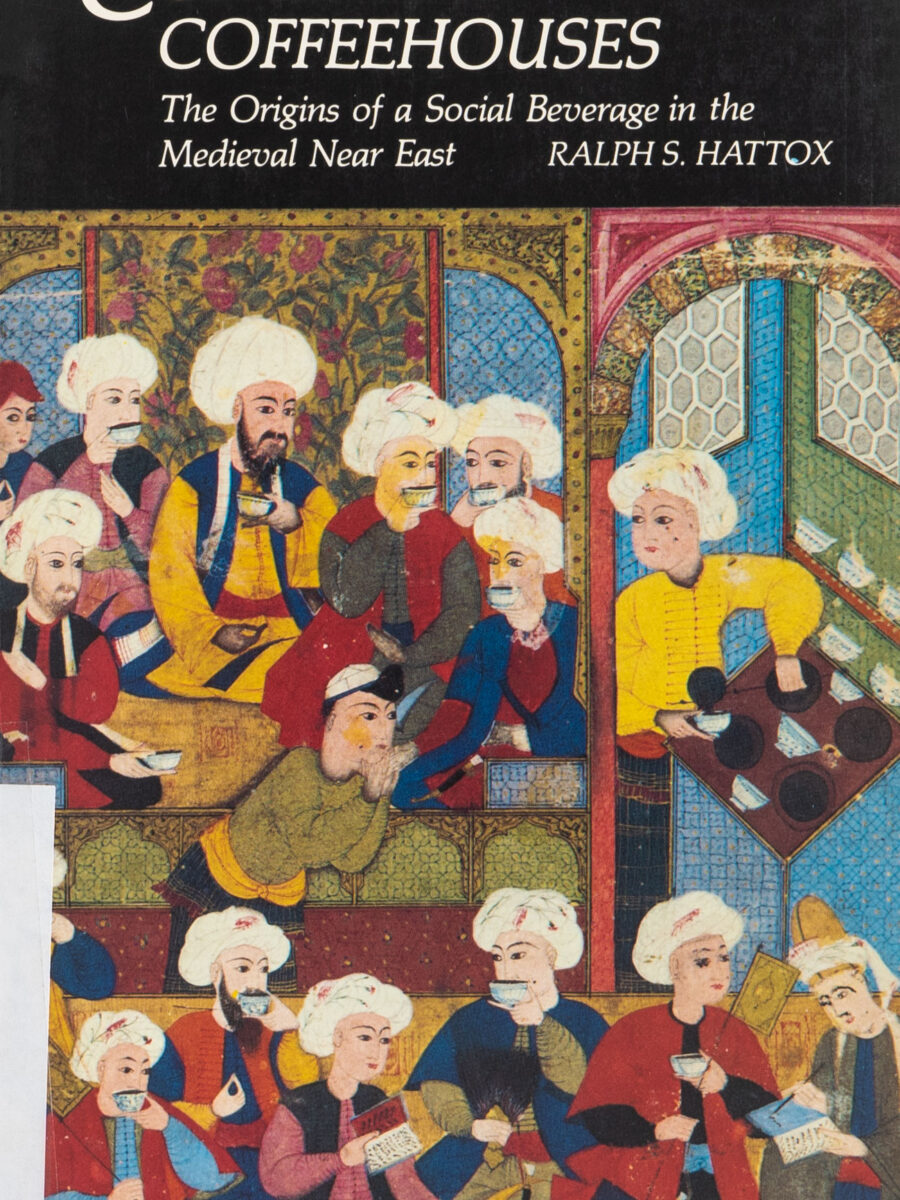
Coffee and Coffeehouses: The Origins of a Social Beverage in the Medieval Near East
פרופסור ראלף הטוקס עוקב בספרו אחר התפתחות בתי הקפה כישות חברתית באימפריה העות'מנית.